Flowers are considered the best decoration of the interior of the house. But many of them require certain knowledge and skills and constant attention, so novice gardeners prefer to grow unpretentious indoor plants, with minimal care blooming all year round. It is these flowers that will constantly delight the eye with bright blooms, and do not require special care efforts.
Content
Unpretentious indoor plants blooming all year
The most unpretentious and beautiful indoor plants include primrose, balsam, geranium, abutilon, hibiscus, indoor roses, fuchsia, begonia, Kalanchoe and anthurium. It is these flowers that are most often chosen for growing at home.
Primrose
Primrose or primrose begins to bloom from the end of winter, for which he received his second name. The flower can be in the room or in the garden. At home, perennial primrose is most often grown. It has rounded, rough, bright green leaves that attach to the stem with a petiole and form rosettes. The flowers are small, can have a different color, form inflorescences of umbrellas.
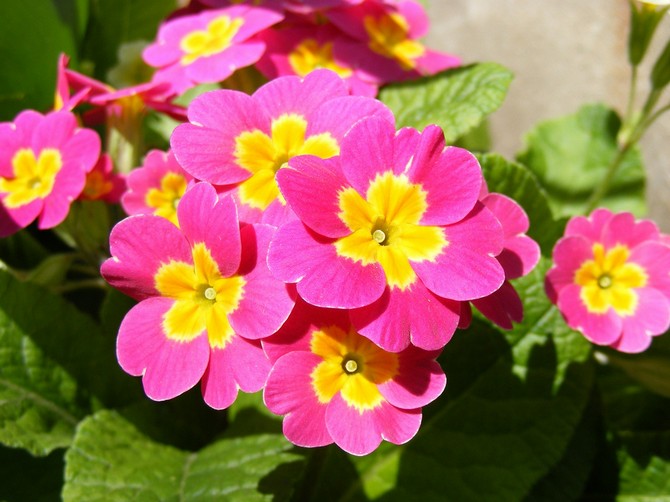
Primrose can be either annual or perennial, depending on the variety. Hybrid varieties are grown indoors, which is why the flowers are not whimsical to care for.
In order for the primrose to grow safely, it needs to provide diffused lighting, a constant temperature above 20 degrees and abundant regular watering if necessary. Also, the plant needs high humidity in the room. In addition, the flower is very easy to propagate by dividing into parts.
Balsam
Balsam got its second name “light” for the fact that during flowering a large number of flowers do not even see leaves and from afar the flower resembles a light. The plant has small oval leaves with wavy edges and a pointed end. The flowers are also small, with a green spur leaving the bottom of each flower. Its main feature is a long flowering period, which begins in early summer and ends during the first frosts.
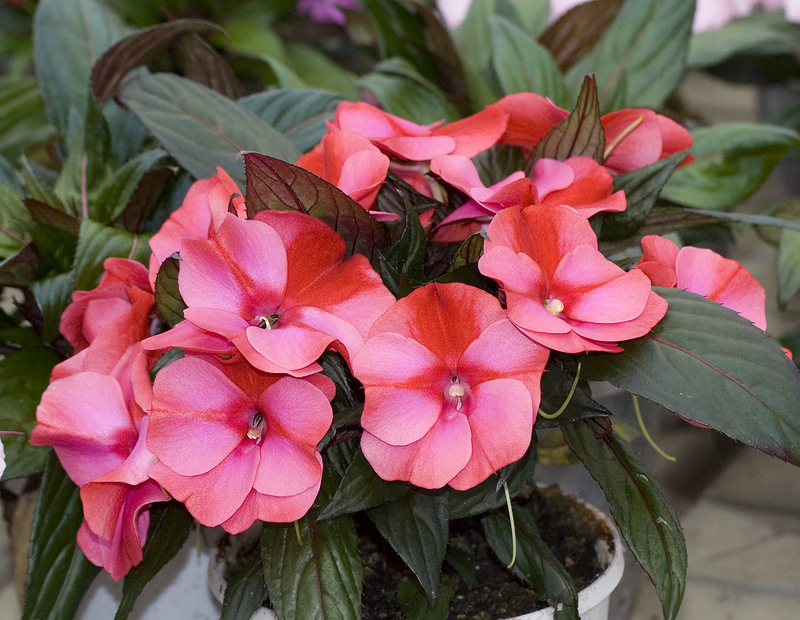
Balsamine does not tolerate direct sunlight, as they can leave burns. Also, the flower loves moisture, so in the heat it needs to be sprayed and abundantly watered. Florists note that a lack of light and low temperatures can provoke leaf fall in balsam.
It is better to propagate the plant by cuttings. Mature specimens require a transplant at the age of 4-5 years in order to stimulate flowering. Florists note that balsam can cause allergies, therefore it must be transplanted with gloves.
Pelargonium (geranium)
Pelargonium has rounded bright green leaves with wavy edges on long stalks. The flowers consist of 6 petals and may have a different color depending on the variety. The flower has an unpleasant odor that helps scare away insects and cleanse the air of harmful microorganisms. Experts note that it is undesirable to put pelargonium in the bedroom, since its specific smell can cause a headache.
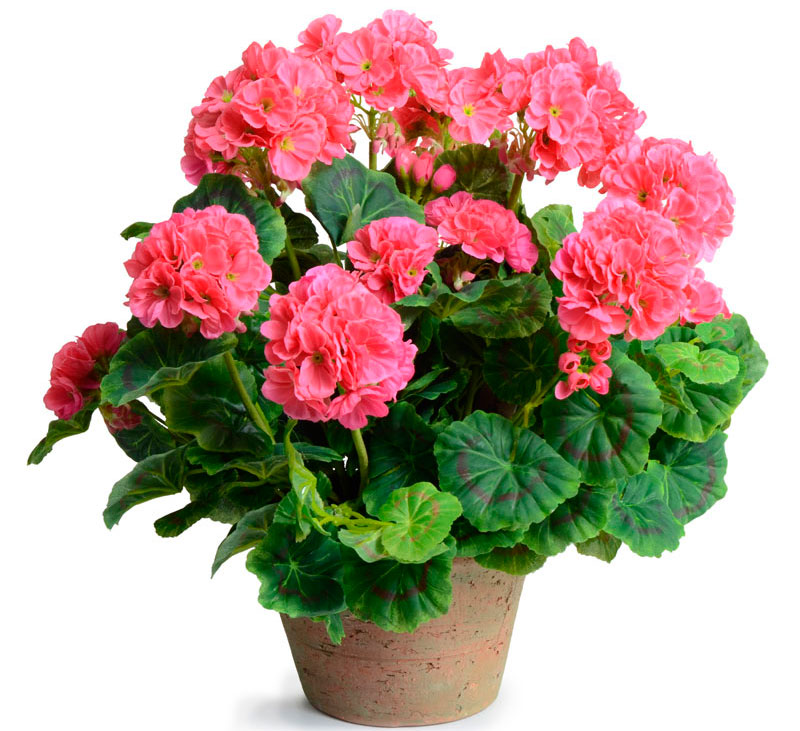
It is important to know that indoor geraniums love heat, plenty of sunlight and regular watering, however, excessive amounts of water can cause rotting of the root system. It is easiest to transplant a flower with seeds or cuttings.In addition, the plant has the ability to grow rapidly over time, because it needs to be cut. Pelargonium blooms from the beginning of spring to the end of summer, and with proper care - in the fall and winter.
Abutilon (indoor maple)
The plant is called indoor maple due to the fact that its leaves are very similar in shape to the leaves of a tree. The second name of abutilon is a flower of happiness, as it is very beautiful and brings joy with its appearance. The bush has large buds in the form of bells, lowered down. The bud consists of 5 large petals, which are mainly colored in orange or red. Abutilon blooms from the beginning of spring to the end of October, however, with constant care and feeding, it can bloom in winter.
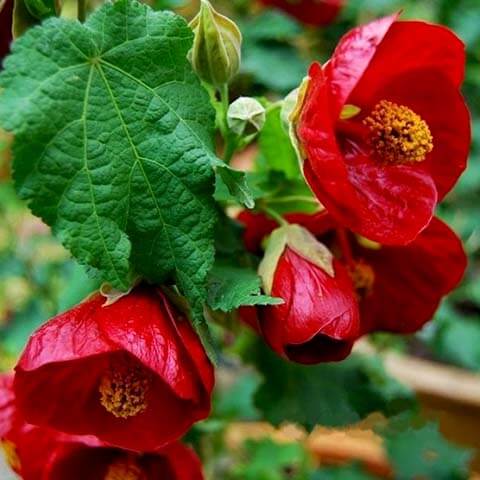
The flower loves sunlight, however, does not tolerate temperatures above 25 degrees, so in the hot season it is recommended to put it on a loggia. In the summer, indoor maple must be watered frequently. Also, every spring the flower is pruned, which is associated with its rapid growth in height.
Hibiscus (Chinese rose)
Hibiscus is a bush that at home reaches several meters in height. The plant captivates with its large flowers of different shades of red. The buds have a funnel shape, and in the core there is a stamen with yellow pollen. The flowering of Chinese roses begins in March and lasts until the end of autumn.
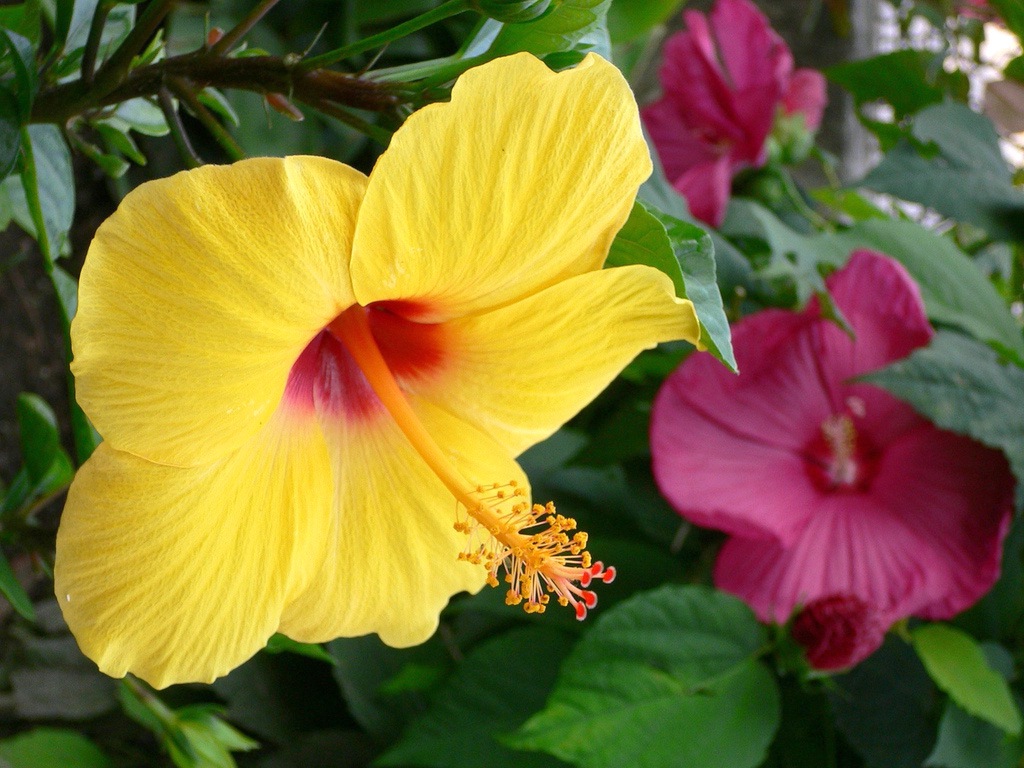
Hibiscus loves warm sunny places, and in the summertime he needs constant abundant watering and mineral fertilizers. In winter, the flower must be placed in a cool place so that the temperature is less than +15 degrees.
The Chinese rose is propagated by cuttings, and a large amount of turfy soil and humus in the substrate will increase the chances of abundant flowering. Young plants need replanting every spring. When the period of active growth begins, the hibiscus is trimmed in order to form a crown and activate lateral growth.
Indoor roses
Indoor roses are represented by small bushes that can grow up to 50 cm in height. The flowers of a room rose are the same as that of a garden rose. The most popular variety for indoor cultivation is the variety of polyanthus roses.
In order for the plant to bloom profusely, it is necessary to provide it with a sufficient amount of sunlight. Florists recommend placing the pot on western windows to prevent burns. Rosa prefers high humidity in the room and a temperature of at least +20 degrees.
Watering should be regular and, if necessary, when the top layer of the substrate dries. In the warm period, the rose is fed 1 time in several weeks to stimulate growth. In favorable conditions and with constant care, the plant blooms every 2 months. The rose is propagated by cuttings, and pruned constantly to remove yellowed leaves and buds.
Fuchsia
Fuchsia is often called a ballerina or Japanese lantern because of the shape of the flowers that are down. Most often, fuchsia is not planted in an ordinary pot, but in a pot so that it looks good. Fuchsia has small flowers of different colors, one flower can be two-tone. The flowers are in the shape of bells, and the petals are facing out.
Fuchsia grows even more from a lack of light. Flowering begins in March and lasts until mid-autumn. Fuchsia leaves are small, elongated. In place of flowers, small round fruits form.
Fuchsia does not like hot weather, and the temperature in the room should not exceed 20-22 degrees.In the summer, the flower can be taken out before lunch and in the evening. During this period, the plant must be abundantly watered and sprayed with water. They feed the flower with mineral fertilizers several times a year. Fuchsia is transplanted only when the old pot is too small. In order for the flower to grow abundantly and bloom, you need to pinch it periodically.
Begonia
Begonia is popularly called always flowering, since the plant has abundant flowering that lasts a long time, and with proper care, begonia can bloom for a whole year.
Begonias can have different shapes depending on the variety, but most often it is a grassy appearance. All varieties have small seeds that are in the box, it appears after the flowers. All begonias have a juicy and thick stem, to which asymmetrical leaves are attached to long petioles. The flowers are small, located in the axils of the leaves and consist of 5 petals. Flowers gather in inflorescences.
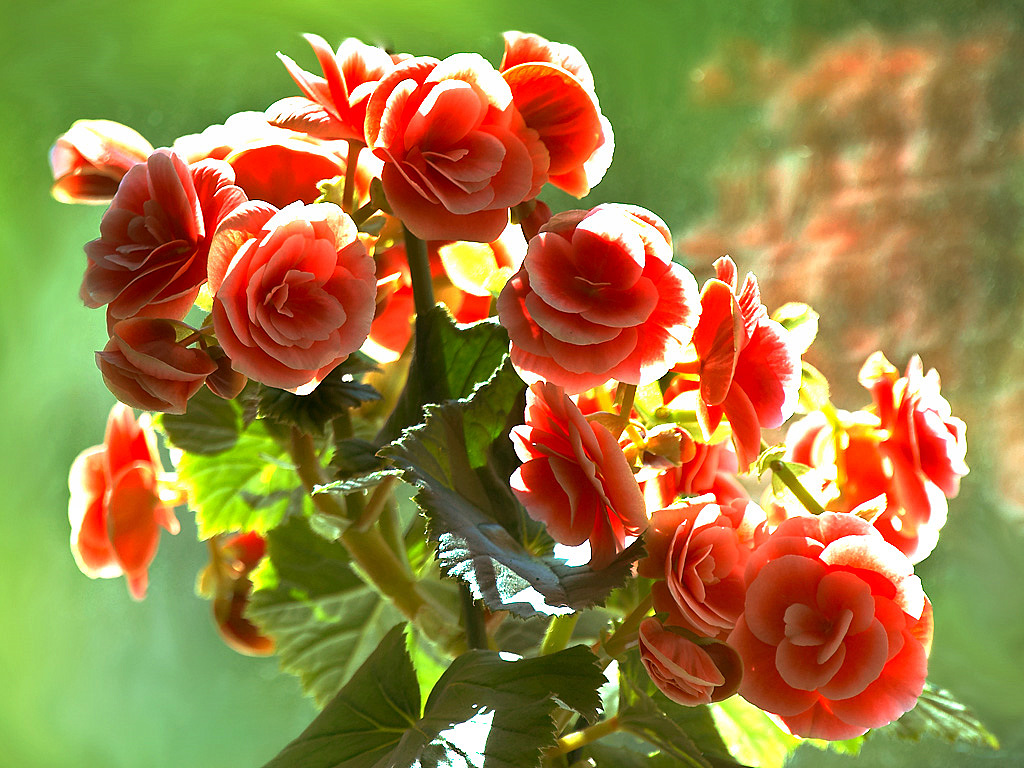
In order for the begonia to bloom all year round, it needs to provide constant access to diffused light. The temperature in the room should not exceed 22 degrees, and the humidity coefficient should be at least 60%. Abundant watering is necessary for the plant during the flowering period. In winter, their number is significantly reduced. Begonia propagated by cuttings. The plant is unpretentious to the substrate for growth. To achieve bushiness, begonias are pruned every spring.
Kalanchoe
Kalanchoe is widely known due to the fact that it is often used for medicinal purposes. Plant juice is popular in the treatment of colds and in dentistry. In addition, Kalanchoe refers to unpretentious and long-flowering plants. Kalanchoe has fleshy dense leaves and the same stem. The flowers are small, bright pink, collected in inflorescences, which quickly fall off.
The flower does not like excessive moisture, therefore it is necessary to water it rarely and only under the root, in order to prevent root decay. Humidity in the room should not be too high. In addition, Kalanchoe requires diffuse lighting, as it quickly forms burns.
The plant reacts poorly to sudden changes in temperature, because it needs a constant temperature of about +20 degrees. Drafts and hot air from batteries must be avoided. Kalanchoe is transplanted into a substrate with the same composition as before.
Anthurium
Anthurium attracts attention with its bright flowering. The flower can grow up to 1 m in height and has round glossy oval leaves on long stalks. All varieties of anthuriums can be divided into flowering and decorative leafy. This is what you need to pay attention to when choosing a flower in a store.

In order for the anthurium to bloom constantly, it is necessary to maintain a constant temperature of about +18 degrees. Also, the plant loves a large amount of light. Watering should be uniform and necessary, in order to prevent rotting of the root system. The flower needs regular rubbing and spraying with warm water. An important condition for the content of anthurium is drainage in the pot. Florists recommend propagating it by cuttings.
Stimulating flowering and plant care
In order to stimulate the flowering of plants at home, you need to make the flower feel in danger. Plants throw buds when they feel a threat to life.
Moreover, flowering directly depends on the amount of light. Flowers that buds are thrown in the summer need artificial lighting, and plants that bloom in the winter need almost no light.In addition, there are a large number of chemicals that will help stimulate flowering.
Each flower requires individual conditions and care, which directly affects its growth and flowering.
Common indoor flower growing questions
Plants blooming all year round will be an excellent decoration of the house and will not cause difficulties in care. An abundance of varieties allows you to choose an unpretentious flower for each grower to your taste.

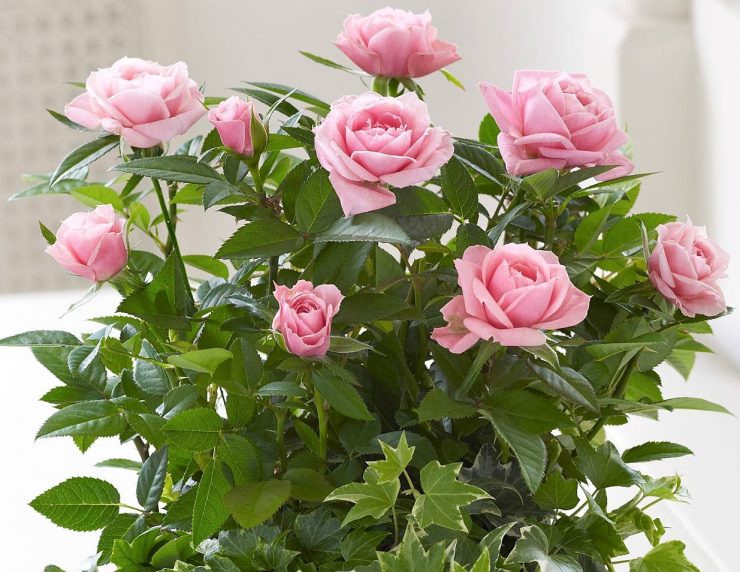
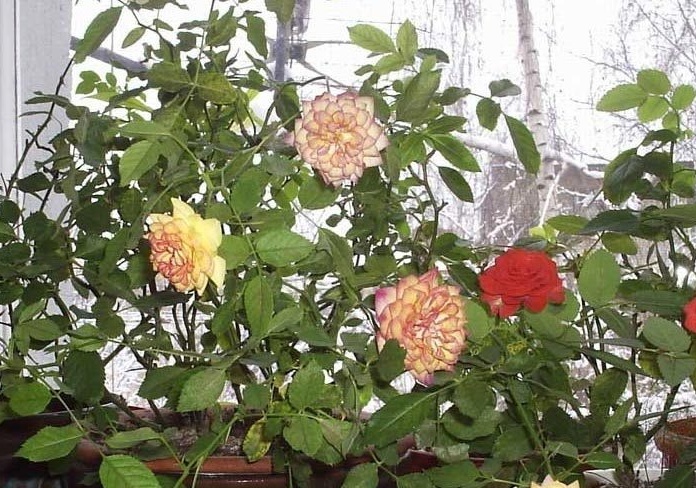
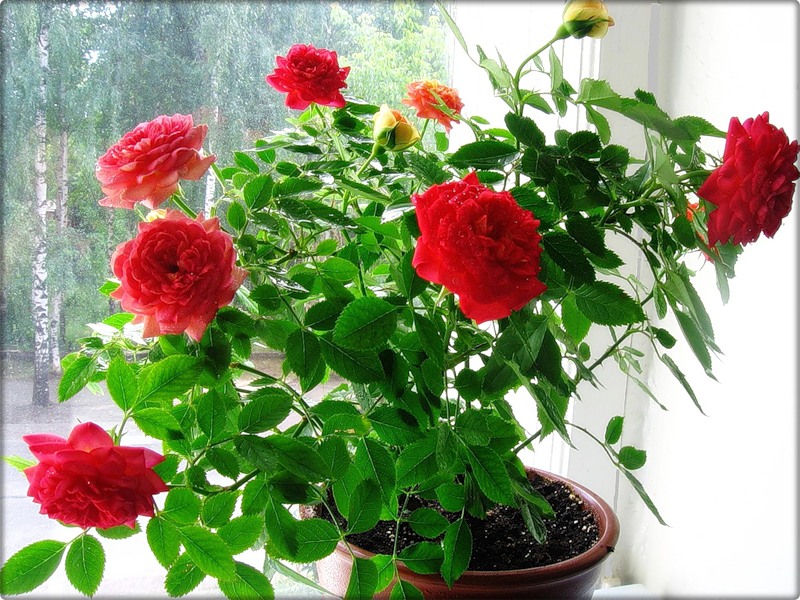




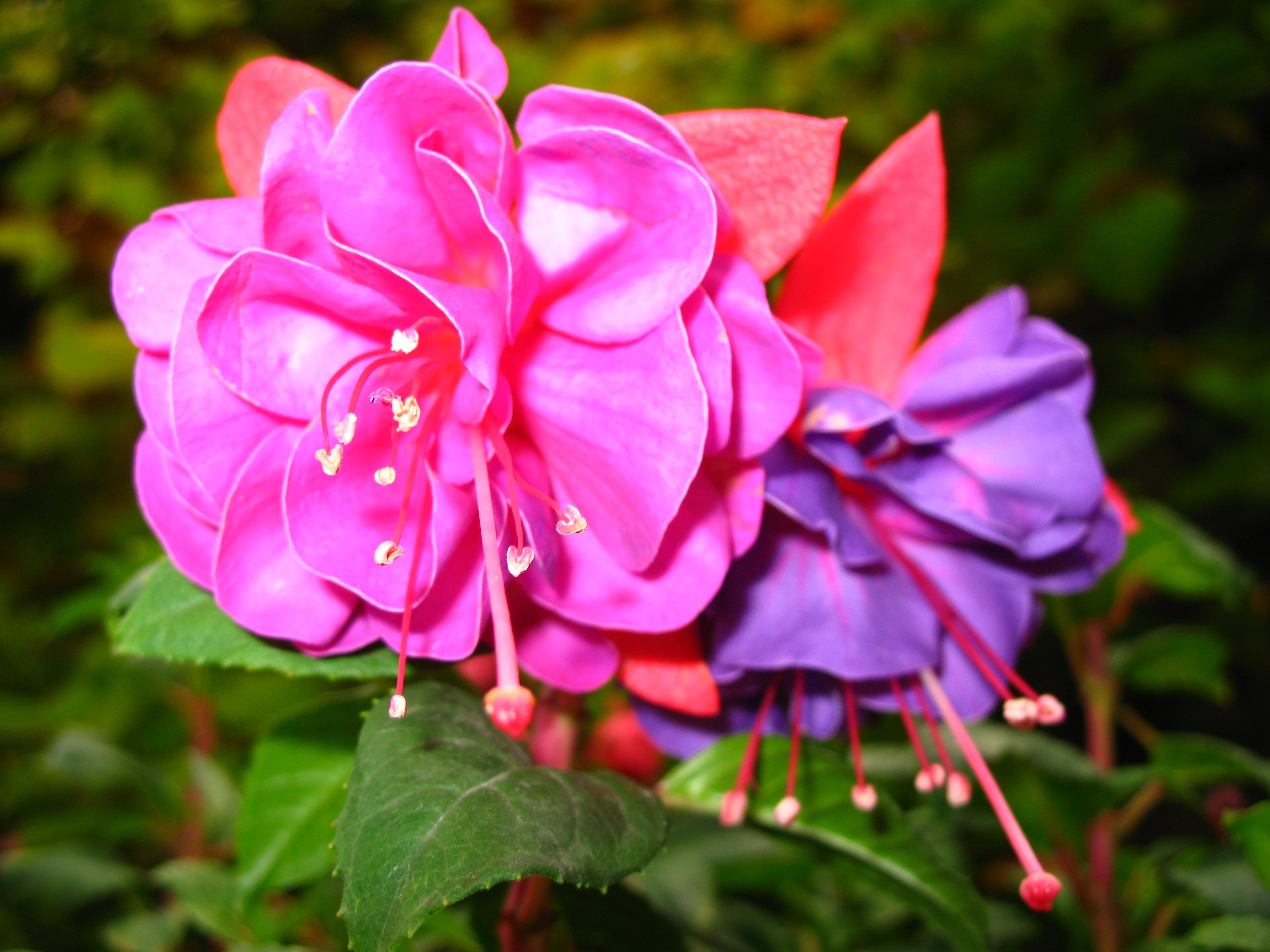
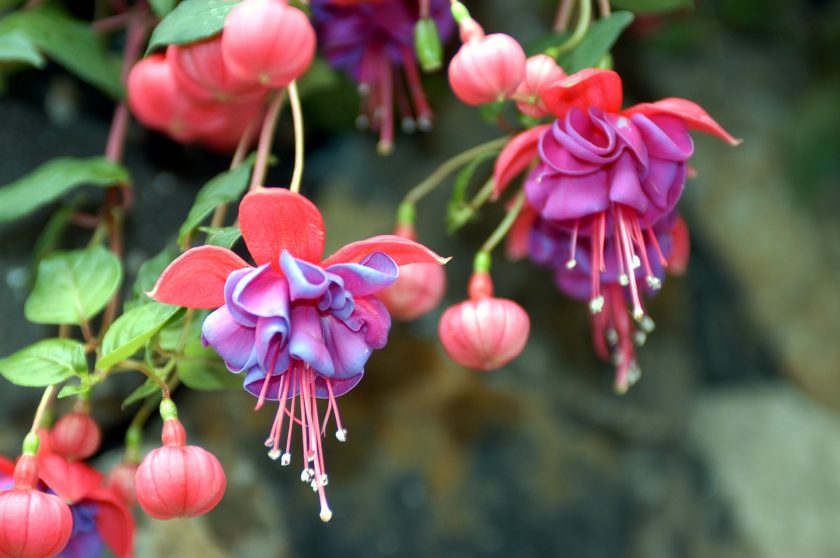
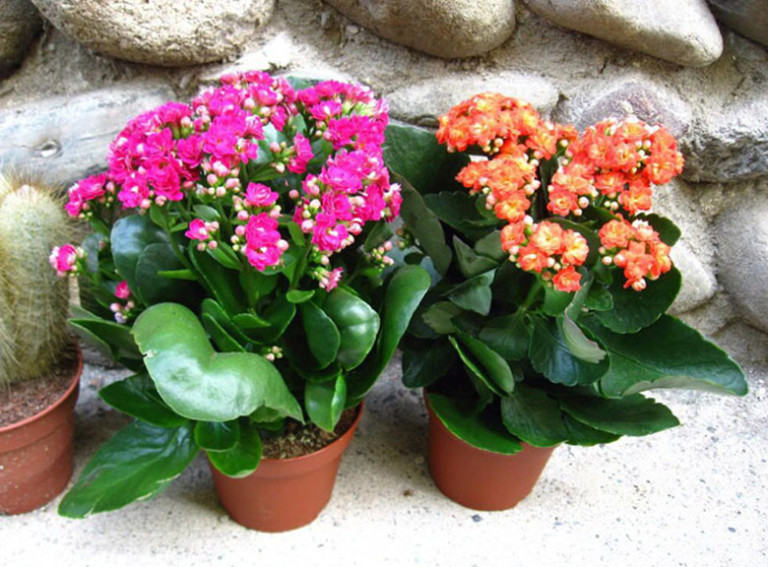
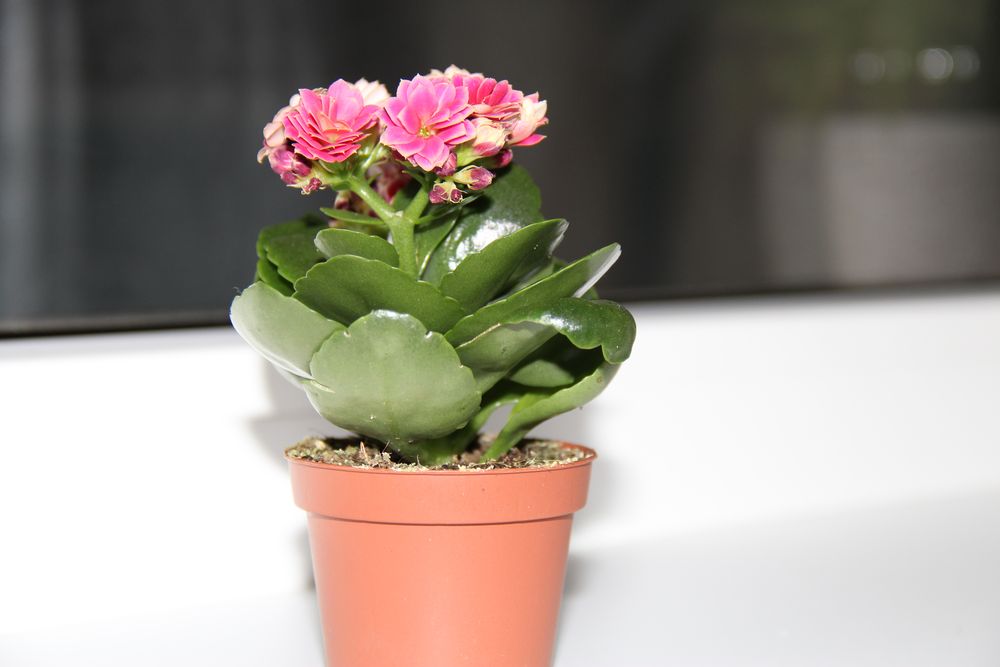
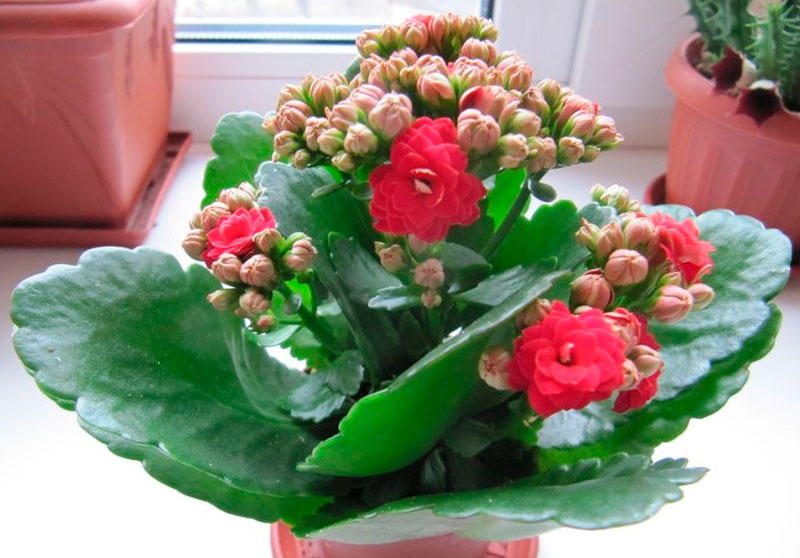
 Sow in the ground, without seedlings: 10 beautiful and unpretentious flowers
Sow in the ground, without seedlings: 10 beautiful and unpretentious flowers Platicodon planting and outdoor care
Platicodon planting and outdoor care Hosta - planting and care in the open ground in the Urals
Hosta - planting and care in the open ground in the Urals Oleander - care and growing at home
Oleander - care and growing at home